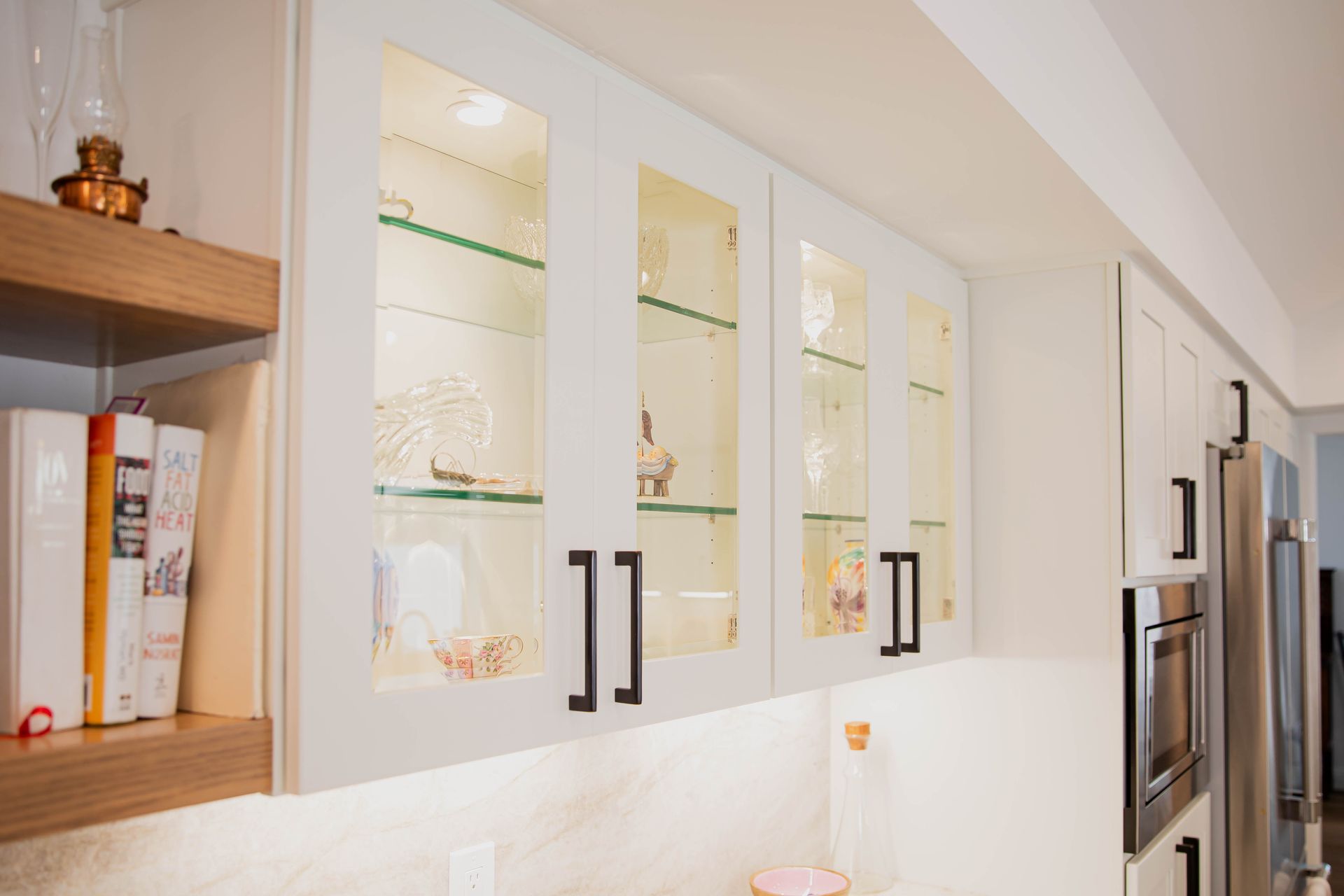Choosing the right color palette is one of the most impactful decisions in a home renovation. Colors personalize a space and set the mood and atmosphere, affecting how we feel in our environment. Whether planning a full remodel or simply refreshing a room, selecting the appropriate color scheme can transform your space into a place that reflects your taste and enhances your home's ambiance. Here’s how to pick the perfect palette for your renovation project.
Understand Color Psychology
Colors have the power to evoke emotions and influence our mood. Understanding the psychology behind colors can help you decide what atmosphere you want to create in your space:
- Blues and greens are calming and restful, ideal for bedrooms and bathrooms.
- Yellows and oranges evoke happiness and energy, making them great kitchen and dining area choices.
- Reds are dynamic and stimulating, suitable for entertaining and socializing spaces, such as living rooms.
- Neutrals (whites, grays, and beiges) offer versatility and can be calming or sophisticated, depending on their use and combinations.
Consider the Space
The function of the room plays a crucial role in color choice:
- High-traffic areas like hallways and living rooms might benefit from darker colors or higher-sheen paints that can handle more wear and tear.
- Light colors can make small spaces appear larger, while dark colors can add depth and create an intimate atmosphere in expansive rooms.
Draw Inspiration from Your Environment
Look around your home and consider the elements that won’t change, such as flooring, large furniture pieces, or architectural features. Use these as the foundation for your color scheme:
- Natural light can dramatically affect a color's appearance. Observe how different colors look in the room at various times of day.
- Existing decor elements can inspire a palette that harmonizes new and old colors.
Create a Cohesive Flow
Consistency in color use can help create a sense of flow throughout your home:
- Choose a base color that appears in every room, then select complementary colors for different spaces to create variety while maintaining unity.
- Transitioning spaces like hallways and staircases work well with neutral shades that link the color schemes of different rooms.
Sample Before You Commit
Always test your color choices in the space before finalizing:
- Purchase sample paint pots to apply large swatches on the walls in different room areas.
- Observe the samples at different times of day to see how lighting affects them.
- Consider different finishes; gloss levels can impact the color’s appearance and feel.
Think Beyond Paint
Remember, color can come from many sources, not just wall paint:
- Textiles and art can introduce color and texture to a space.
- Decorative accents like pillows, rugs, and curtains offer flexible color options that can easily be changed.
Conclusion
The right color palette is key to a successful renovation. It can transform a dull space into a vibrant area or turn a chaotic room into a peaceful sanctuary. By understanding the basics of color psychology, considering the function and lighting of each room, and choosing a palette that reflects your style and the intrinsic beauty of your home, you can ensure your renovation enhances both the value and the enjoyment of your living space.




